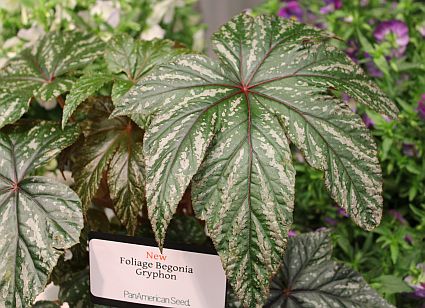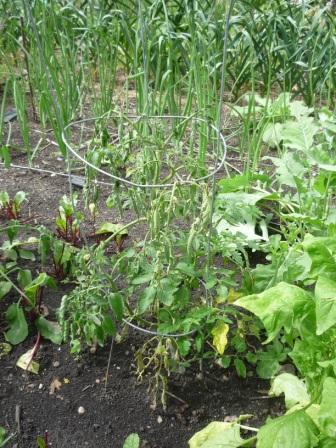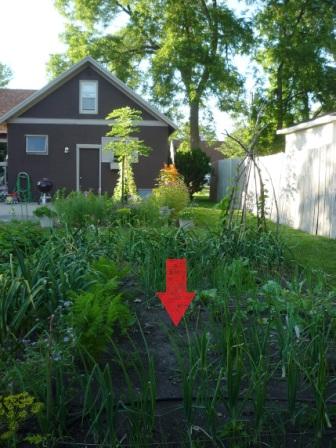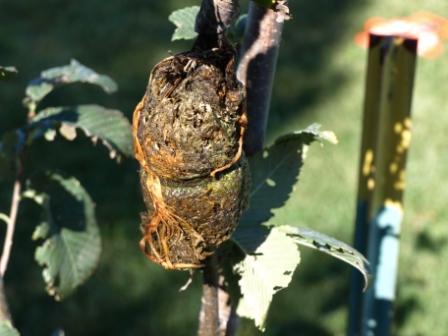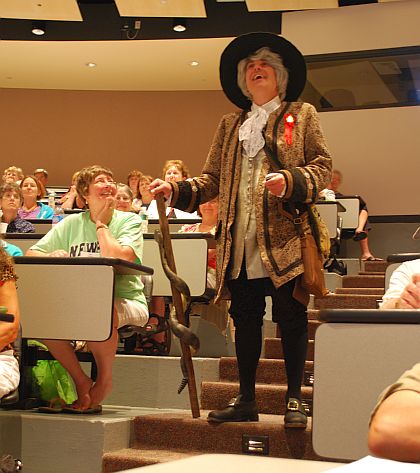A few weeks ago I showed you photos of iron toxicity in a Clematis planted in a soggy soil (perched water table). Because this area is just not conducive to plants, we’re putting in a small deck. This necessitated the excavation of two Clematis, which were both suffering from wet feet. (Needless to say the root mass was very small and shallow on both plants.) We decided to put them into large planters with conical trellises and use them as deck plants.
During our pond excavation we retained the topsoil and sieved it for uses just like this (for woody planting, not annuals). The soil is a clay loam and has been stored in a garbage can to keep it dry. Anyway, the first pot I filled with this good soil, added water, and worked the soil with my hands to ensure it was thoroughly hydrated. As holes developed, I added more soil and continued to work it in by hand. I then installed the first plant and watered it thoroughly.
After observing what happened during the next several hours with this plant, I installed the second plant differently – I watered the soil but did not work it by hand to hydrate it. I added the plant as before and then watered everything thoroughly; I added soil where holes developed. I then redid the first container in the same manner as the first.
What happened to the first container that caused me to change my installation technique? And why didn’t it happen with the second container? Answers and photos Monday!
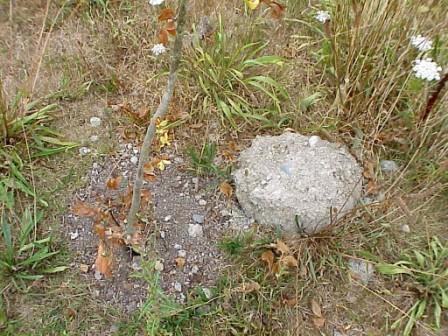
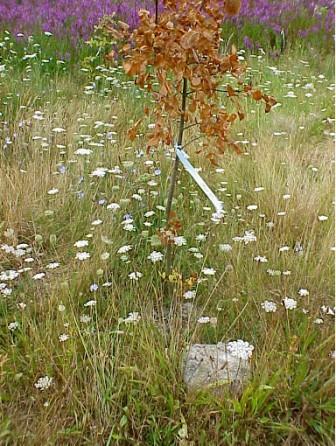 The whole story
The whole story
